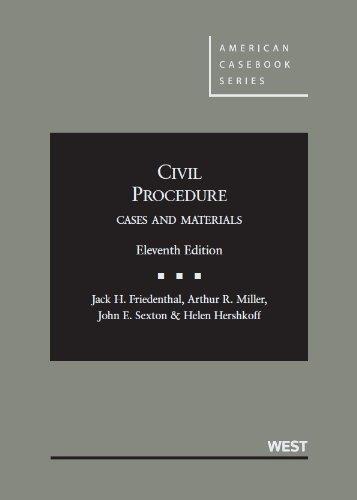1. The circuits remain divided on when supplemental jurisdiction may be declined under 28 U.S.C. 1367(c)....
Question:
1. The circuits remain divided on when supplemental jurisdiction may be declined under 28 U.S.C. § 1367(c). One approach, illustrated by the Ninth Circuit in the principal case, is that the statute displaced the Gibbs factors and narrowed the district court’s scope of discretion. Do you agree that this approach transforms supplemental jurisdiction from a doctrine of discretion into “a matter of plaintiff’s right”? 13D Wright, Miller & Freer, Federal Practice and Procedure: Jurisdiction and Related Matters 3d § 3567.3. A competing approach, taken by the Seventh Circuit, holds that the statute codified Gibbs so that a district court is never required to exercise supplemental jurisdiction, at least when an enumerated factor does not apply. See Montano v. City of Chicago, 375 F.3d 593 (7th Cir. 2004). A third approach, characterized as a “middle ground,” gives relatively equal weight to Gibbsas to the enumerated statutory factors. See Malkani, Note Upside Down and Inside Out: Appellate Review of Discretion Under the Supplemental Jurisdiction Statute, 28 U.S.C. § 1367, 1997 Ann. Surv. Am. Law 661, 683; see also Bone, Revisiting the Policy Case for Supplemental Jurisdiction, 74 Ind. L.J. 139, 150 (1998).
Step by Step Answer:

Civil Procedure Cases And Materials
ISBN: 9780314280169
11th Edition
Authors: Jack Friedenthal, Arthur Miller, John Sexton, Helen Hershkoff






